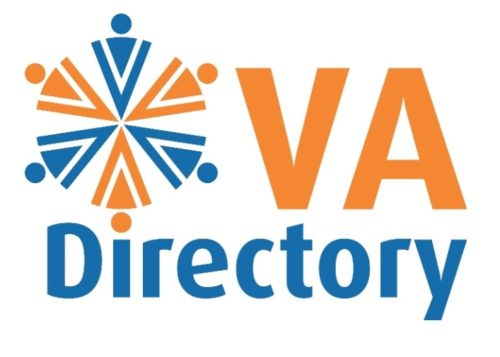Perhaps it’s not the VAs that are the problem… recently I became aware of a ‘serial’ client seeking yet another VA to support them in their business. I sighed. It meant they had yet lost another VA for support to their business. This has been an ongoing issue for this client for some time.
I know a number of the VAs who have put their hand up to help this person and while it’s true, that sometimes the client and the VA aren’t a good fit, I do believe that when they’ve gone through a considerable number of VAs they need to start looking at themselves. What is the common denominator in this problem? There’s only one person consistent – and that’s the client.
 It was both interesting, and sad, that some VAs felt the need to discuss this client and warn newer VAs to be very wary. It’s sad because the client probably doesn’t realise that they’re the problem. Micromanaging, blaming, being rude, not being organised, lack of communication and expecting the VAs to read their mind when they haven’t yet gotten to know the client very well all add up to a very uncomfortable working arrangement. This client has gone through my network and I know they have gone through other VA networks, trying to find that ‘perfect VA’. And when that client consistently doesn’t pay on time, well, that tends to put potential service providers off too. Who wants to be blamed for things they didn’t know about and then not get paid for the work they have done? Not even the client would want that from their own clients.
It was both interesting, and sad, that some VAs felt the need to discuss this client and warn newer VAs to be very wary. It’s sad because the client probably doesn’t realise that they’re the problem. Micromanaging, blaming, being rude, not being organised, lack of communication and expecting the VAs to read their mind when they haven’t yet gotten to know the client very well all add up to a very uncomfortable working arrangement. This client has gone through my network and I know they have gone through other VA networks, trying to find that ‘perfect VA’. And when that client consistently doesn’t pay on time, well, that tends to put potential service providers off too. Who wants to be blamed for things they didn’t know about and then not get paid for the work they have done? Not even the client would want that from their own clients.
While clients are seeking a VA who can anticipate needs and fully understand the client, the reality is that this is something that grows, over time, as the business relationship grows. Very rarely does it happen straight away. But it can happen quicker for some clients, than it does for others, especially if the client is prepared to keep the VA well informed about their business.
Generally, VAs are very experienced in the services they have to offer. Some might only have a few years and others will have many years, but all will need a settle in time with a new client. And it helps if the client has a good understanding of the type of assistance they need. Giving clear instructions and time frames help, along with any background information, history on a project, login details for various things and so on. Even your goals and who your competitors are. The more information you can give your VA to help them help you, the better it is, for both you and for them.
While the client does need to be careful about who they’re giving information to, after all they need to protect their business too, the reality is that their VA cannot work blindly and would be far more useful to the client, if they’re kept informed and involved, rather than just handed some activities to do here and there.
If your goal is to grow your business, then the reality is that you need to hand over the day-to-day back-end activities that keeps your business running, while the you concentrate on growing your business. Let the VA help you and give you suggestions on what they believe might help your business, based on their own support experiences. And there are so many things they can help with, if you only give them the chance.
Ultimately, taking on a VA means taking on a business partner in the sense that the partner is there to help. Therefore, you both need to be a good fit for one another and travelling the same path. Things such as communication, understanding, respect, and setting goals together go a long way to a successful working relationship.

Kathie is the former owner of VA Directory and is former past President of the Australian VA Association. She founded the Virtual Assistant industry in Australia in the mid 90s, having already been operating a home-based secretarial service. Today the VA industry covers a multitude of office-based services for clients worldwide.

Leave a Reply
You must be logged in to post a comment.